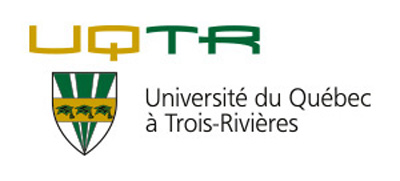Related projects
Discover more projects across a range of sectors and discipline — from AI to cleantech to social innovation.
Mitacs brings innovation to more people in more places across Canada and around the world.
Learn MoreWe work closely with businesses, researchers, and governments to create new pathways to innovation.
Learn MoreNo matter the size of your budget or scope of your research, Mitacs can help you turn ideas into impact.
Learn MoreThe Mitacs Entrepreneur Awards and the Mitacs Awards celebrate inspiring entrepreneurs and innovators who are galvanizing cutting-edge research across Canada.
Learn MoreDiscover the people, the ideas, the projects, and the partnerships that are making news, and creating meaningful impact across the Canadian innovation ecosystem.
Learn MoreWhen a group of particles is released in a fluid, they will disperse throughout the solution via diffusion. If we consider a solution that is thick (like honey) in some regions and thin (like water) in others, where will the particles end up? Will they become trapped in the honey, concentrated in the water where they move freely, or evenly distributed throughout? It turns out the answer depends on the details of how the interface between the thick and thin regions are treated. In this project, simulation and numerical techniques will be employed to investigate the diffusion of particles in 2D systems containing regions of different viscosities. The relative concentrations and effective diffusion coefficients of particles in patchy (random viscous inclusions of various sizes) or ordered (eg., stripes alternating thick and thin) arrangements will be studied. Results will be generated for several treatments of the interfaces. Considering application to the release of drugs within biological systems or the dispersion of particulate matter in food preparation and aging, which approach is most physical? What do these results tell us about the efficiency of delivering drugs or mixing substances? Can we design configurations to control the mixing or even separate particles based on their size?
Gary W. Slater
University of Ottawa
Globalink Research Internship
Discover more projects across a range of sectors and discipline — from AI to cleantech to social innovation.
Find the perfect opportunity to put your academic skills and knowledge into practice!
Find ProjectsThe strong support from governments across Canada, international partners, universities, colleges, companies, and community organizations has enabled Mitacs to focus on the core idea that talent and partnerships power innovation — and innovation creates a better future.













































































































































































































































































































